
- •Literature Reviews in
- •Aim of a Literature Review:
- •Main questions to ask:
- •What a Literature Review does
- •Why is it important?
- •What needs to be included in a literature review:
- •Approach – which
- •Literature Review Extract:
- •Conducting the search
- •Search Management
- •Search Management
- •How to keep a search log
- •Constructing a Bibliography
- •Search Management
- •Get to know the library & consult colleagues & your supervisor
- •Writing the Literature
- •Writing the Literature
- •Examples:
- •Writing the Literature
- •Writing the Literature
- •Writing the Literature
- •Further information:
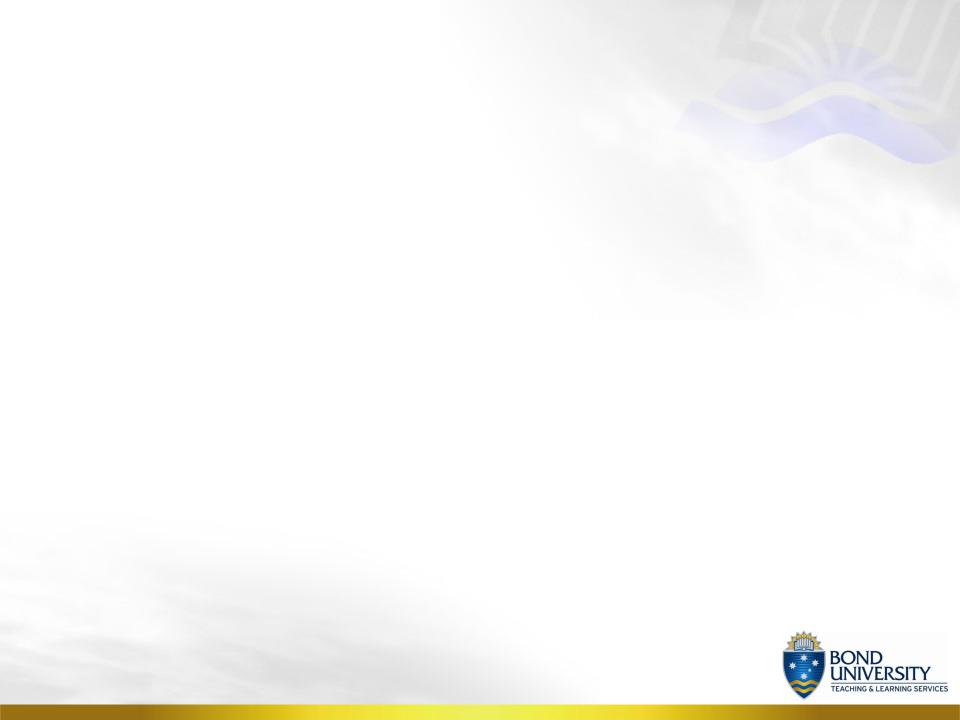
Literature Reviews in
Research
Presented by STUDENT LEARNING SUPPORT English · Academic Skills · Maths
in conjunction with BURCS
Level 4 HSS · learningsupport@bond.edu.au
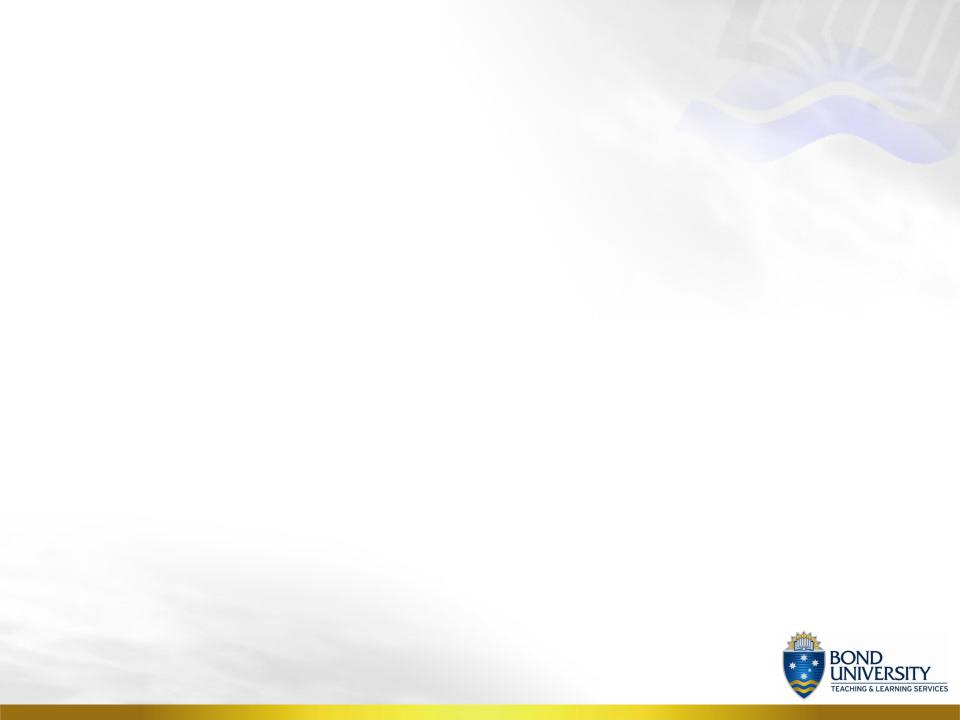
Aim of a Literature Review:
The aim of a literature review is to:
•Demonstrate skills in library searching
•To show command of the subject area
•To show understanding of the problem
•To justify the research topic, design and methodology
(Hart, 1998 p.13)
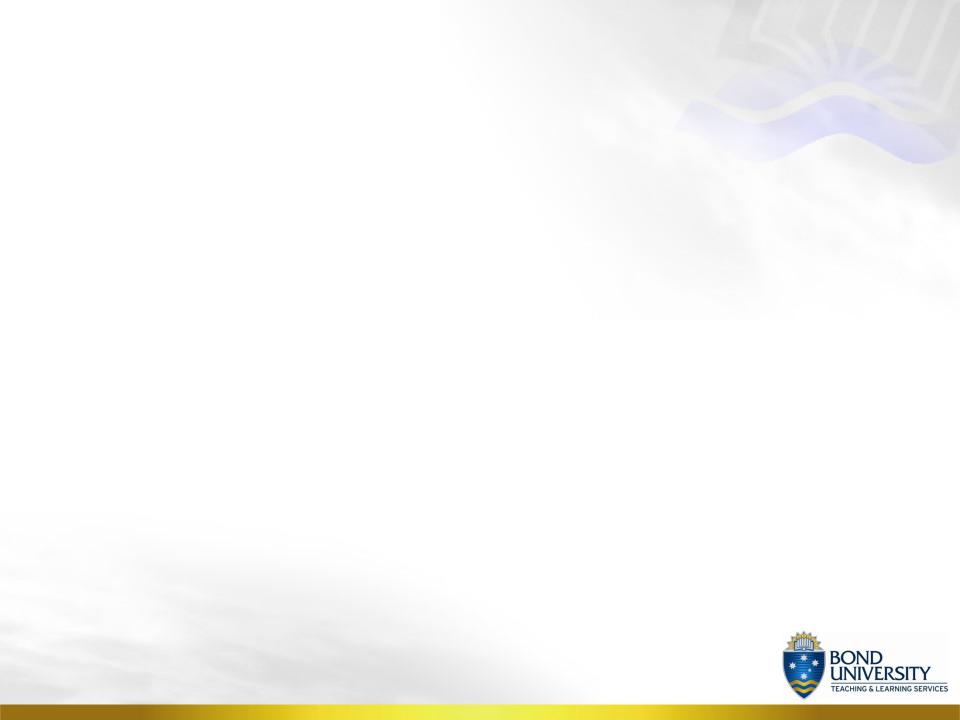
Main questions to ask:
•What are the key sources?
•What are the key theories, concepts & ideas?
•What are the main questions and problems addressed to date?
•How has knowledge on the subject been structured and organized?
•How have approaches to these questions increased our understanding and knowledge of the area?
•What are the origins and definitions of the topic?
•What are the major issues and debates about the topic currently?

What a Literature Review does
•It is integral to the success of academic research. It ensures “researchability” of the topic before real research commences.
•It assists in the progressive narrowing of the topic
•Consolidates current and past research in the field
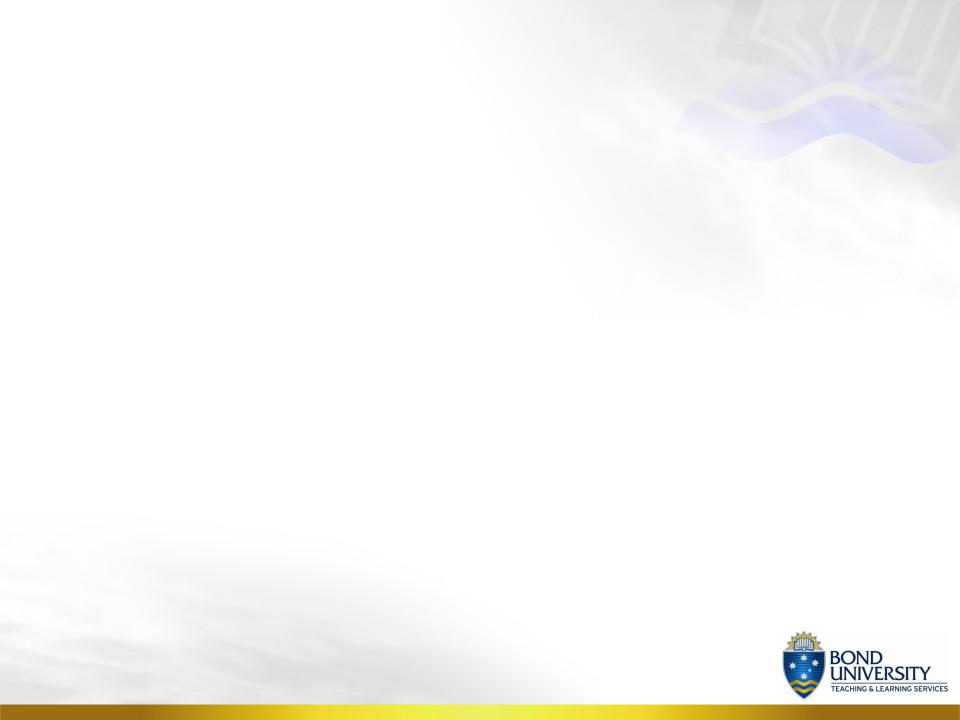
Why is it important?
•Your research is a small piece in a complicated jigsaw puzzle
•It does not stand alone
•It is dependent on what others have done before, and you will be contributing to an ongoing story or debate
•You are describing the bigger picture, which provides a background and creates a gap for your own research.
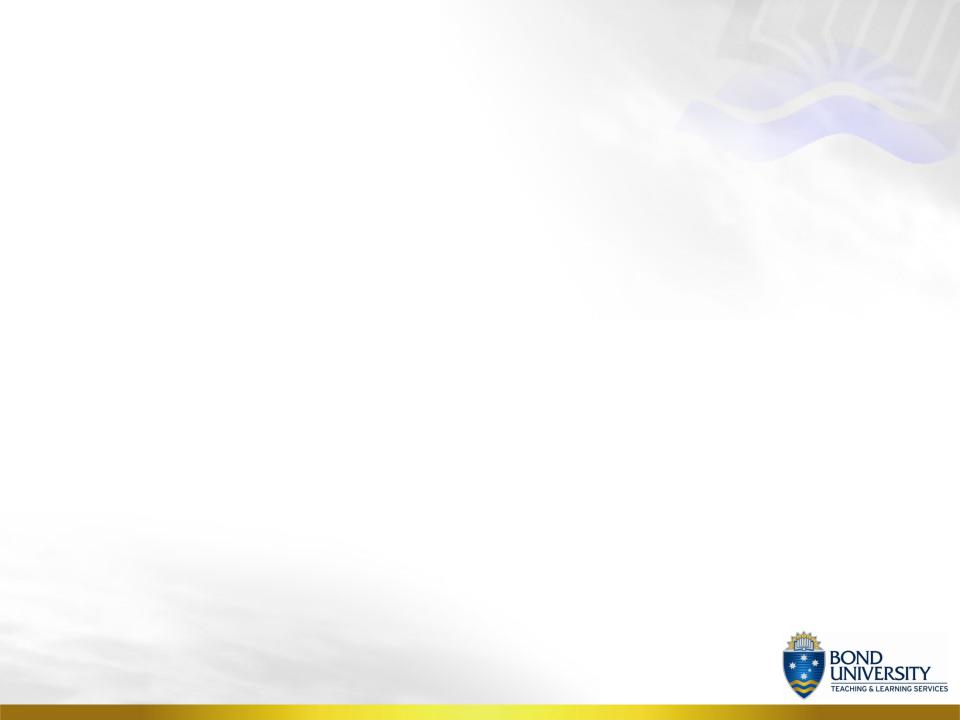
What needs to be included in a literature review:
•A historical background for your research
•An overview of the current context
•A discussion of relevant theories and concepts which underpin your research
•Relevant terminology and definitions
•A description of related research in the field, how your work extends or challenges this, and addresses gaps
•Supporting evidence for a practical problem or issue which your research is addressing
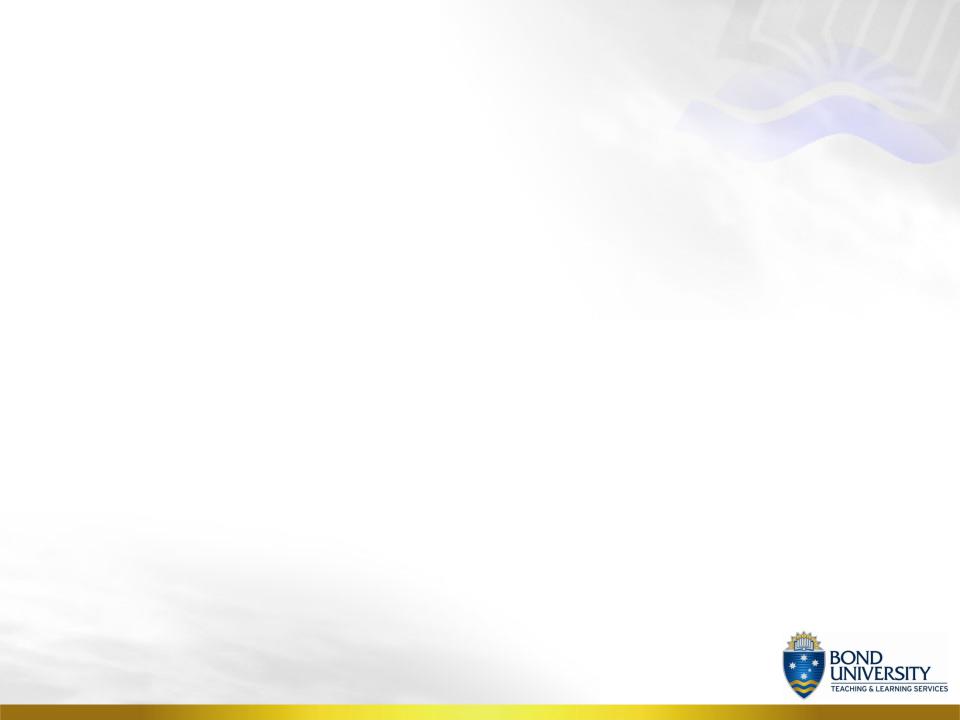
Approach – which
•alternative?
A distinct chapter near the beginning of your thesis or dissertation
•Part of the introduction section and revisited in more detail at the beginning of different research studies in the dissertation or thesis
•Related literature interspersed throughout the whole thesis
As your work progresses think about which alternative you are most likely to adopt for your own thesis, and the advantages and disadvantages for each alternative based on your own topic. (Ridley, 2008) Also discuss this with your supervisor.
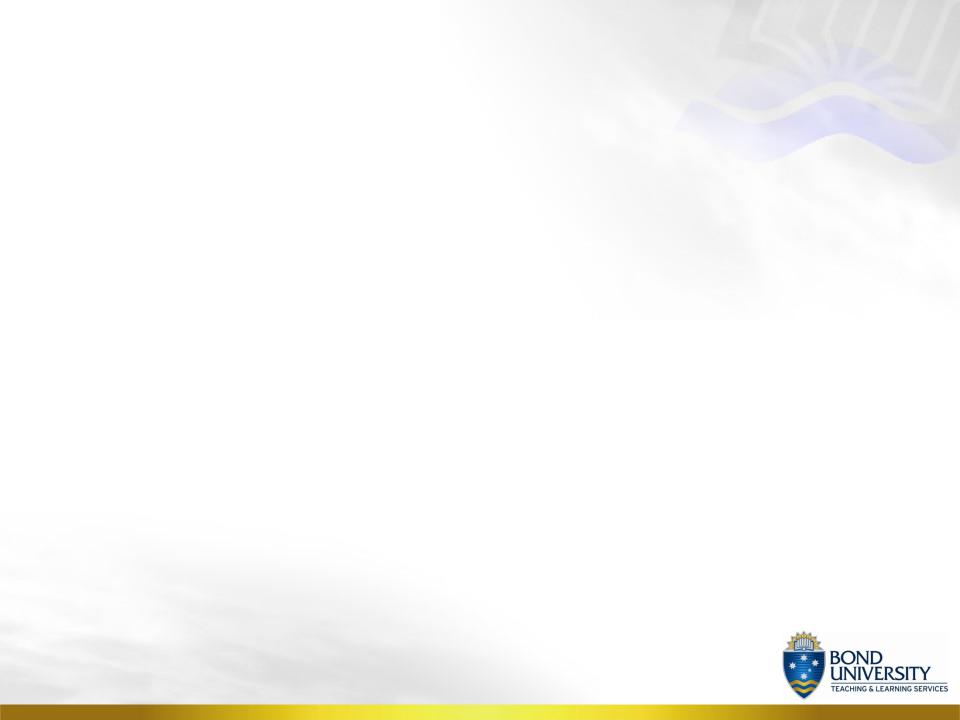
Literature Review Extract:
1. An example of a section of a literature review:
The contemporary literature addressing transformative teaching and learning within grade-school classrooms often describes implementation through digital technologies (e.g. Rakes, Fields, & Cox, 2006; Shields & Rogers, 2005). While infusion of technology into kindergarten through grade twelve classrooms is recognized as critical (Jacobsen and Lock, 2004), the current research is premised on the belief that the incorporation of technology in and of itself does not improve learning. Technology can only benefit learners when infused as one element of inquiry-based learning (International Association for the Evaluation of Education Achievement, 2003; Shields & Rogers). Further, the principles of inquiry-based learning, including infusion of technology, can only be actualized in the presence of intentional, collaborative, ongoing professional development (Fox, 2007).
(Kinash, 2008)
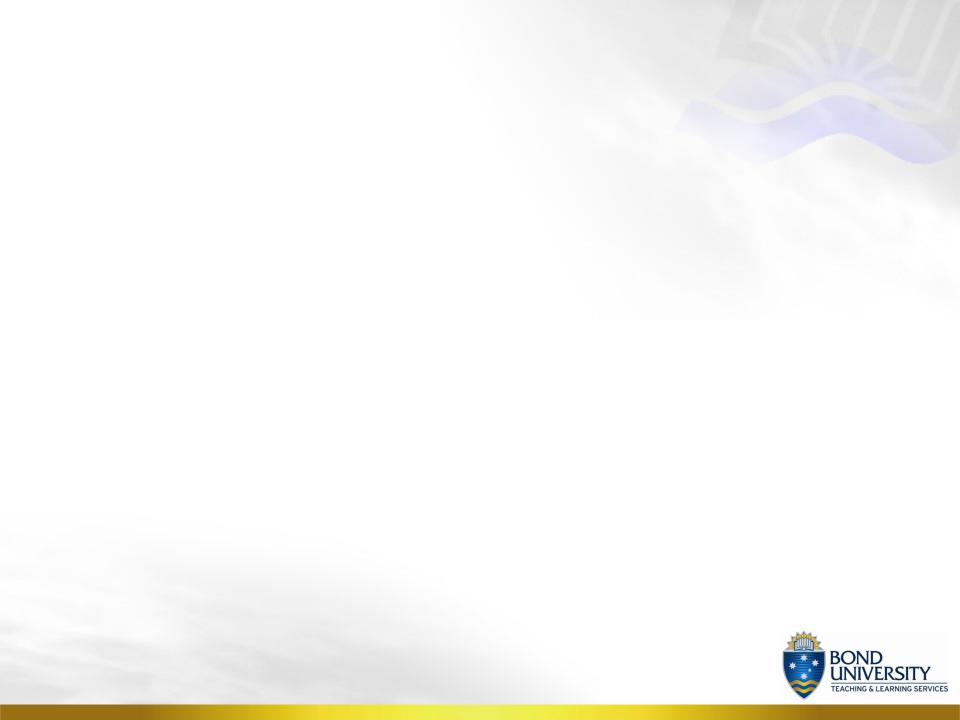
Conducting the search
•Involves a systematic and thorough search of all types of published & unpublished literature relevant to a particular topic
Sources of information:
•Books – textbooks, specialized books & reference books
•Journal articles
•“Grey literature” – reports, theses, conference proceedings, research in progress (specialist papers), media reports, websites, newspapers & magazines
•Primary data sources such as legal documents, letters, manuscripts, music, maps, diaries etc
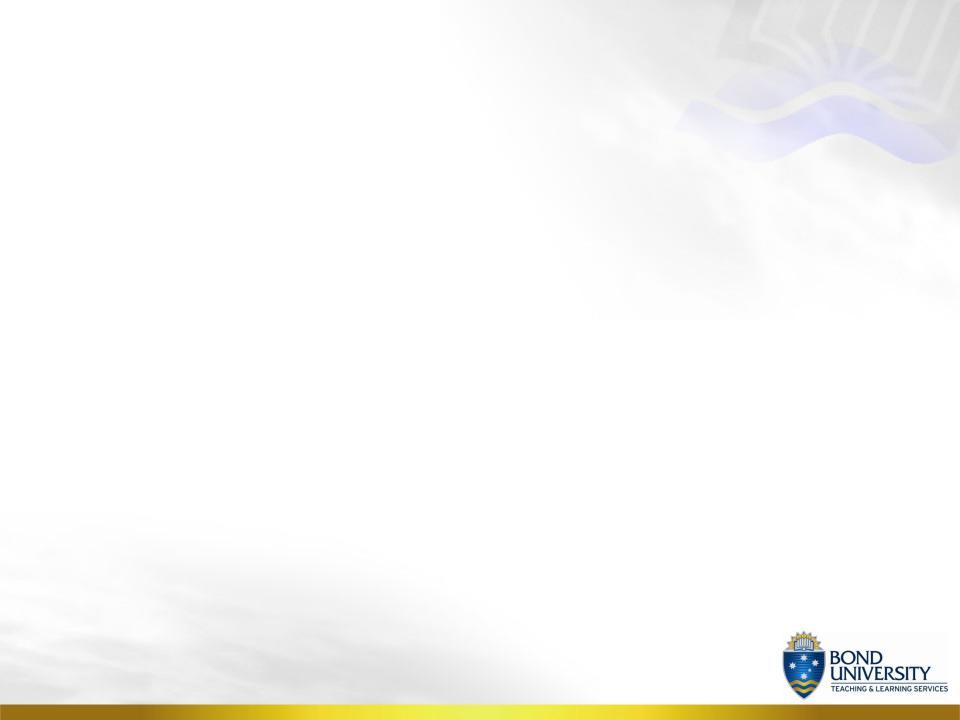
Search Management
•It is of vital importance to keep a log of your search to refer back to, which will assist in the collation of literature
It has 3 main functions:
•To act as a record of activities
•To act as data for your thesis
•To act as a learning resource
